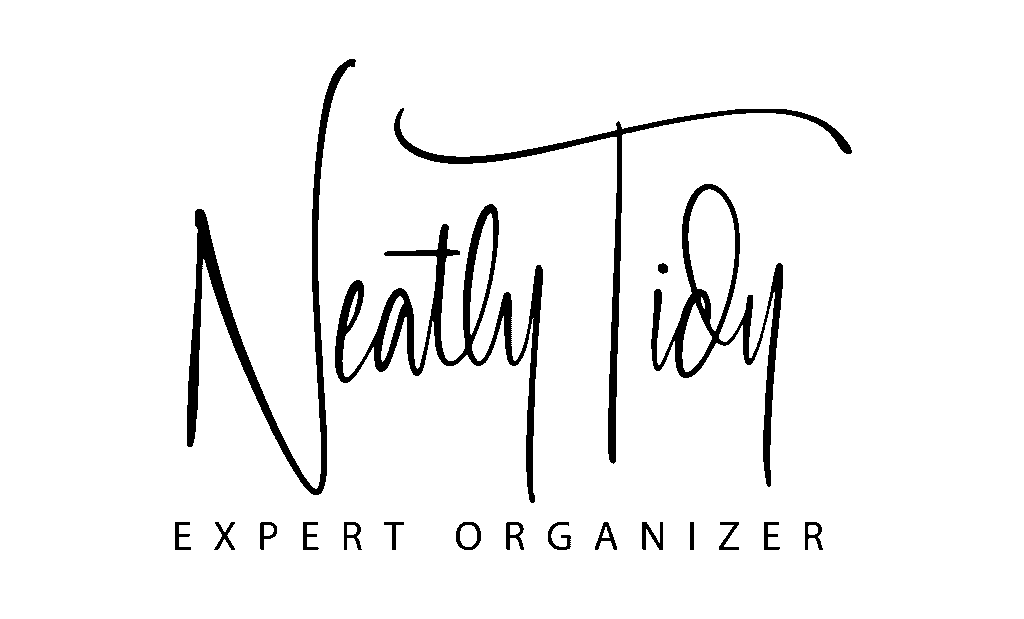How Can I Maintain a Clutter-Free Home with Kids?
Let’s face it – keeping a tidy home can feel like an uphill battle when little ones run around. Toys scattered across the floor, artwork covering every surface, and a seemingly endless stream of stuff coming into your home. Sound familiar? Don’t worry, you’re not alone in this struggle. As a parent, I’ve been there, and I’m here to tell you that maintaining a clutter-free home with kids is possible and can be surprisingly manageable with the right approach.
"Maintaining a clutter-free home with kids isn’t just about tidiness; it’s about fostering habits of joy and responsibility."
Natalie M. Tweet
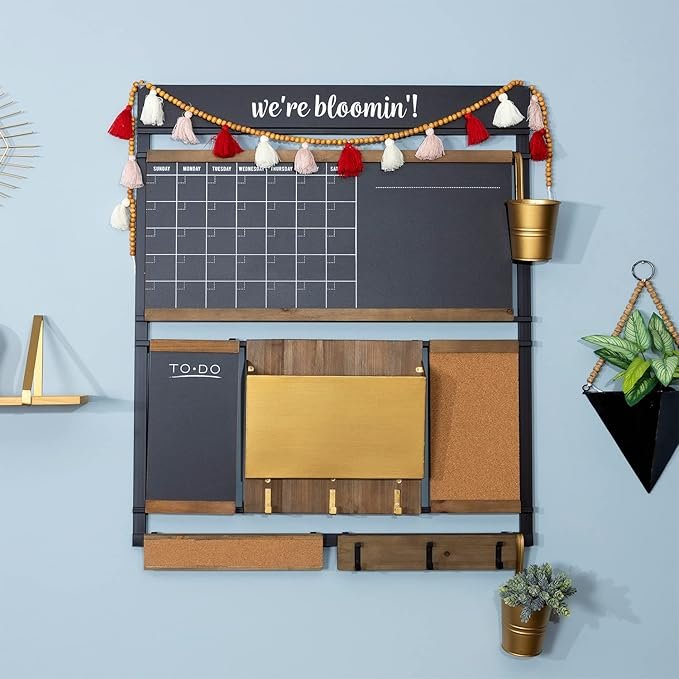
This article explores practical strategies, clever hacks, and mindset shifts to help you create and maintain a clutter-free haven for your family. Ready to reclaim your space and your sanity? Let’s get started!
Setting the Foundation.
Establishing Family Routines
The key to a clutter-free home starts with creating solid routines that everyone in the family can follow. Think of it as laying the groundwork for a tidier, more organized life. By establishing consistent habits, you’re setting your family up for long-term success in maintaining a clutter-free space.
Start by sitting down with your kids and discussing tidying things. Make it a collaborative effort – ask for their input on what routines work best. Maybe it’s a quick tidy-up before bedtime or a weekend organizing session. Whatever you choose, make sure it’s realistic and age-appropriate.
Creating Designated Storage Spaces
Ever heard the saying, “A place for everything, and everything in its place”? This couldn’t be more true regarding maintaining a clutter-free home with kids. Creating designated storage spaces is like giving every item in your home its little home.
Take a tour of your house and identify areas where clutter accumulates. Then, brainstorm storage solutions for each space. It could be as simple as adding a few baskets in the living room for quick toy clean-ups or installing hooks by the door for backpacks and jackets. The goal is to make it easy for kids (and adults!) to know exactly where things belong.
Decluttering Strategies.
The One-In-One-Out Rule
One of the most effective ways to keep clutter at bay is by implementing the one-in-one-out rule. It’s simple: for every new item in your home, one must go out. This rule helps maintain balance and prevents your home from becoming overwhelmed with stuff.
Teach your kids this concept early on. When they get a new toy or piece of clothing, encourage them to choose an old item to donate or pass along to a friend. It’s a great way to teach them about generosity and the importance of not accumulating unnecessary things.
Regular Purging Sessions
Let’s be honest – kids grow fast, and their interests change even quicker. That’s why regular purging sessions are crucial for maintaining a clutter-free home. Set aside time every few months to go through toys, clothes, and other belongings with your children.
Make it a fun family activity! Put on some music, grab snacks, and turn it into a game. Who can find the most items to donate? Who can sort their toys the fastest? By making it enjoyable, you’re more likely to get your kids on board with decluttering.
Involving Kids in the Decluttering Process
Speaking of getting kids on board, involving them in decluttering is vital. Not only does it teach them valuable life skills, but it also gives them a sense of ownership over their space.
Start by explaining the concept of decluttering in terms they can understand. For younger kids, you might say, “We’re going to make room for new adventures by finding toys ready for new homes.” For older children, you can discuss the benefits of living with less and how it can reduce stress and increase focus
Smart Storage Solutions.
Utilizing Vertical Space
When floor space is at a premium (as it often is in homes with kids), it’s time to look up! Utilizing vertical space is a game-changer when it comes to storage. Wall-mounted shelves, over-the-door organizers, and hanging baskets can work wonders in freeing up valuable floor space while keeping things organized.
Get creative with vertical storage solutions. A pegboard in the playroom can hold art supplies, while a hanging shoe organizer in the closet can store small toys or accessories. The possibilities are endless!
Multifunctional Furniture
Multifunctional furniture is your secret weapon in the battle against clutter. Look for pieces that serve double duty—a storage ottoman that can hide away toys, a coffee table with built-in drawers, or a bed with under-mattress storage.
These clever furniture pieces help keep your home organized and teach kids the value of maximizing space. Plus, it’s like having a secret hideaway for all their treasures!
Organizing Toys Effectively
Ah, toys – the ultimate clutter culprits in any home with kids. But fear not! With some strategy, you can keep those toys organized and easily accessible.
Try using clear, labeled bins for different types of toys. This makes it easy for kids to see what’s inside and (more importantly) where things should go when it’s time to clean up. Rotate toys regularly to keep things fresh and prevent overwhelming clutter. And don’t forget about vertical toy storage – hanging nets or wall-mounted baskets can be great for stuffed animals or sports equipment.
Teaching Kids to Clean Up.
Making Tidying Fun
Let’s face it – cleaning up isn’t usually at the top of a kid’s list of fun activities. But who says it can’t be? By injecting a bit of creativity and playfulness into the process, you can turn tidying into a game that kids actually look forward to.
Try setting a timer and seeing how much they can put away before it goes off. Or create a “clean-up dance” you all do together while tidying. The key is to make it feel less like a chore and more like an enjoyable family activity.
Age-Appropriate Chores
When it comes to keeping a clutter-free home, everyone in the family should pitch in – including the kids. But it’s essential to assign appropriate chores for their age and abilities.
For younger children, start with simple tasks like putting toys in a bin or helping to sort laundry by color. As they age, they can take on more complex responsibilities like organizing their bookshelf or tidying their desks. The goal is gradually building their skills and confidence in maintaining their spaces.
Leading by Example
Remember, kids are always watching and learning from us. We need to walk the talk if we want them to embrace a clutter-free lifestyle. Let them see you tidying up your spaces, putting things away after use, and taking pride in a well-organized home.
Talk to them about why you value a tidy space and how it makes you feel. Share your struggles and successes while staying organized. By being open about your journey, you’re showing them that maintaining a clutter-free home is an ongoing process that everyone is working on together.
Maintaining Order in Specific Areas.
Keeping Bedrooms Tidy
Ah, the bedroom – often the final frontier in the battle against clutter. But with a few innovative strategies, even this personal space can stay organized.
Start by ensuring everything has a designated spot. Use under-bed storage for out-of-season clothes or extra bedding. Invest in a good closet organization system to maximize vertical space. And don’t forget about the walls – floating shelves can display treasured items while keeping surfaces clear.
Organizing the Living Room
The living room is often the heart of the home, which means it can quickly become a clutter magnet. The key here is to create easy-to-maintain systems for the whole family.
Consider adding a few decorative baskets for quick clean-ups—one for toys, one for blankets, and one for remotes and gadgets. Use ottoman storage for items you want to keep handy but out of sight. Establish a “one in, one out” rule for magazines and books to prevent them from piling up.
Tackling Bathroom Clutter
With limited space and many necessary items, bathrooms can quickly become cluttered. But a few simple tweaks can make a big difference.
Use over-the-toilet shelving or a hanging organizer to maximize vertical space. Assign each family member a basket or caddy for personal items. Regularly go through toiletries and medications to discard expired or unused items.
Managing Kitchen Chaos
The kitchen is another area that can quickly spiral into chaos, especially with kids around. But with some thoughtful organization, you can keep this busy space under control.
Implement a system for lunch boxes and water bottles – perhaps a designated shelf in the fridge or a basket on the counter. Use clear containers for snacks and pantry items, so kids can easily see (and put away) what they need. And don’t forget to regularly clean out the fridge and pantry to prevent forgotten items from piling up.
Dealing with Paper Clutter.
Creating a Command Center
Paper clutter can be one of the most overwhelming types of mess, especially when kids bring home artwork and school papers every day. A family command center can be a game-changer in managing this paper influx.
Set up a centralized spot with a bulletin board, calendar, and file system. This becomes the go-to place for important papers, schedules, and reminders. Teach your kids to put their school papers in a designated inbox for you to review regularly.
Digitizing Important Documents
In our digital age, keeping every piece of paper in your home is unnecessary. Consider scanning and digitally storing essential documents, school records, and artwork.
Not only does this reduce physical clutter, but it also makes it easier to find and share these items when needed. Plus, it’s a great way to preserve memories without them taking up valuable space in your home.
Handling School Papers and Artwork
Speaking of artwork, let’s talk about managing the constant stream of creative masterpieces your little Picassos bring home. While keeping every scribble is tempting, it’s simply not practical (or necessary) to hold onto everything.
Create a simple system for curating artwork. Maybe keep one or two favorite monthly pieces and photograph the rest before recycling. Or create a rotating gallery wall where new pieces can be displayed before being cycled out. The key is to find a balance between honoring your child’s creativity and maintaining a clutter-free home.
Seasonal Organization.
Rotating Toys and Clothes
One secret to maintaining a clutter-free home with kids is to embrace the concept of rotation. This applies to both toys and clothes.
Try keeping only a portion of the toys out at a time. Store the rest away and swap them out every few months. This reduces clutter and makes old toys feel new and exciting again.
The same principle applies to clothes. As the seasons change, pack away out-of-season items and wear weather-appropriate clothing. This keeps closets and drawers from overflowing and makes it easier for kids to choose what to wear
Holiday Decoration Storage
Holidays can be a significant source of clutter, with decorations and special items taking up valuable storage space. The key is to have a plan for storing these items when they’re not in use.
Invest in sturdy, clearly labeled storage bins for each holiday. Use vacuum storage bags for bulky items like artificial trees or oversized inflatables. And don’t forget to declutter your holiday items each year, letting go of decorations that are no longer used or loved.
Quick Daily Habits.
The 10-Minute Tidy
One of the most effective ways to maintain a clutter-free home is to implement a daily 10-minute tidy. This quick clean-up session can work wonders in preventing clutter from accumulating.
Set a timer for 10 minutes and have everyone in the family pitch in to put things back in their proper places. Make it a routine – perhaps right before dinner or as part of the bedtime routine. You’ll be amazed at how much you can accomplish in 10 focused minutes!
Nightly Reset Routine
Ending each day with a quick reset of your main living areas can make a huge difference in how your home feels when you wake up.
Spend a few minutes before bed straightening pillows, clearing surfaces, and ensuring everything is in place. Involve the kids by having them do a quick toy round-up or tidy their rooms. Waking up to a clean, organized space sets a positive tone for the day.
Overcoming Common Challenges.
Dealing with Sentimental Items
One of the biggest challenges in maintaining a clutter-free home, especially with kids, is dealing with sentimental items. It’s natural to want to hold onto things with special memories, but finding a balance is essential.
For exceptional items, consider creating a memory box for each child. This can be a designated space for storing a limited number of meaningful objects. For everything else, try taking photos before letting them go. This allows you to preserve the memory without keeping the physical item.
Managing Hand-Me-Downs
Hand-me-downs can be a blessing for growing families but can contribute to clutter if not appropriately managed. The key is to be selective about what you keep.
When receiving hand-me-downs, immediately sort through them. Keep only what you know you’ll use shortly and pass along or donate the rest. Remember, just because something is free doesn’t mean you must keep it if it doesn’t serve your family’s needs.
Handling Gifts from Family and Friends
Well-meaning family and friends can sometimes contribute to clutter through generous gift-giving. While it’s essential to appreciate the thought behind gifts, it’s also okay to set boundaries.
Consider having conversations with family members about gift-giving expectations. Consider suggesting experience gifts instead of physical items, or provide specific ideas for things your children need or will use. And remember, it’s okay to graciously accept a gift and later decide it doesn’t belong in your home.
Embrace the Journey of the Organization.
Organizing your home is not a one-time task; it’s an ongoing journey. You can create a serene living environment by embracing the process and implementing the above mentioned strategies. Remember, the key to success is patience and consistency.
Ready to transform your home but still feeling a bit overwhelmed? I’m here to help! As a professional home organizer, I’ve assisted countless clients in creating spaces they love.
Why not take advantage of my free consultation? Together, we can assess your needs, discuss your goals, and make a personalized plan to get your home organized once and for all.
Don’t let clutter control your life for one more day.
Let’s turn your home-organizing dreams into reality.
🖤 Your Journey to a Clutter-Free Life Starts Here!
At NeatlyTidy, we believe that a more organized home isn’t about perfection—it’s about creating space for what matters most: peace, ease, and time for the people you love.
If this blog post helped you in any way, I’d be so happy if you’d click the like button, share it with a friend, or leave a comment below. Whether you have a question, a quick win, or something you’re struggling with—I’m here for it, and I’d love to hear from you.
✨ Want more tips, encouragement, and organizing inspiration?
Join my newsletter here and get a free [insert your freebie—like “10-Minute Tidy Checklist” or “Quickstart Guide to Organizing Any Room”] as a welcome gift!
Let’s keep making progress, one tidy corner at a time 🖤
The Organized Chronicles


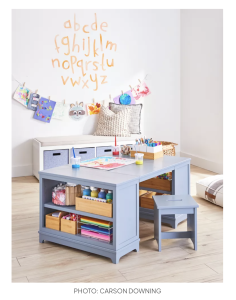



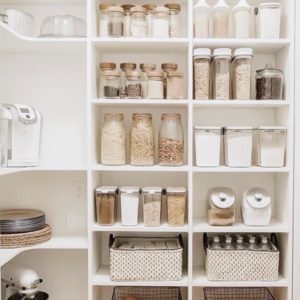

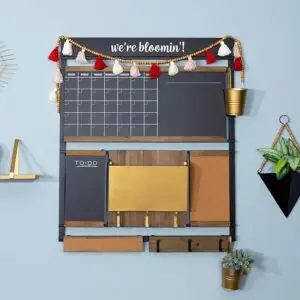
Hello,
Looking ahead, I aspire to deepen my commitment to helping individuals discover their purpose in life. Whether it’s through personal coaching, workshops, or creating a supportive community, I am eager to leverage my skills in counseling and guidance to assist more clients in navigating their journey towards a fulfilling and purposeful life.
Thanks for taking the time to learn a little bit about me. I’m always open to new connections and experiences, so feel free to reach out!

